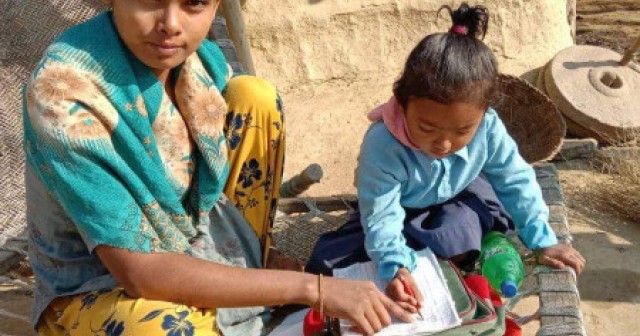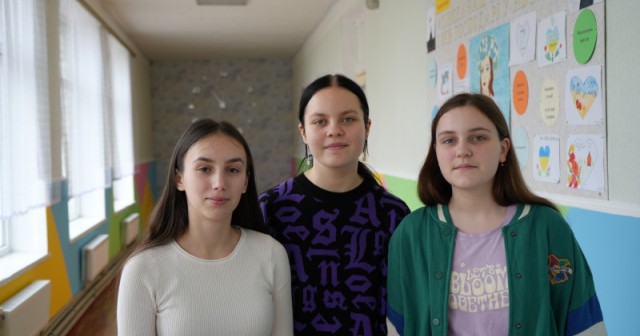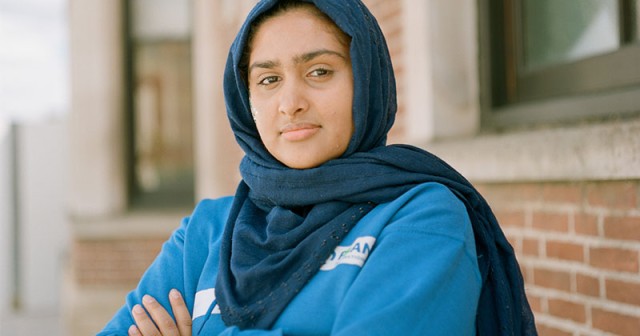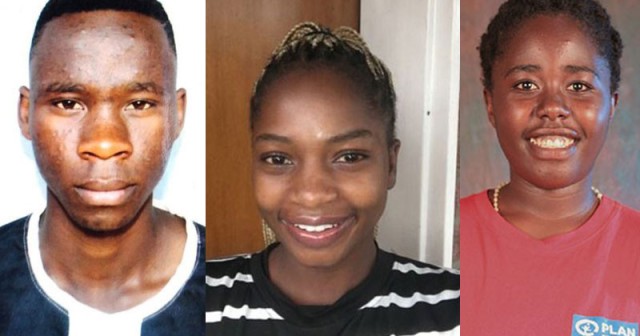How we’re teaching young people to quit smoking
How we’re teaching young people to quit smoking
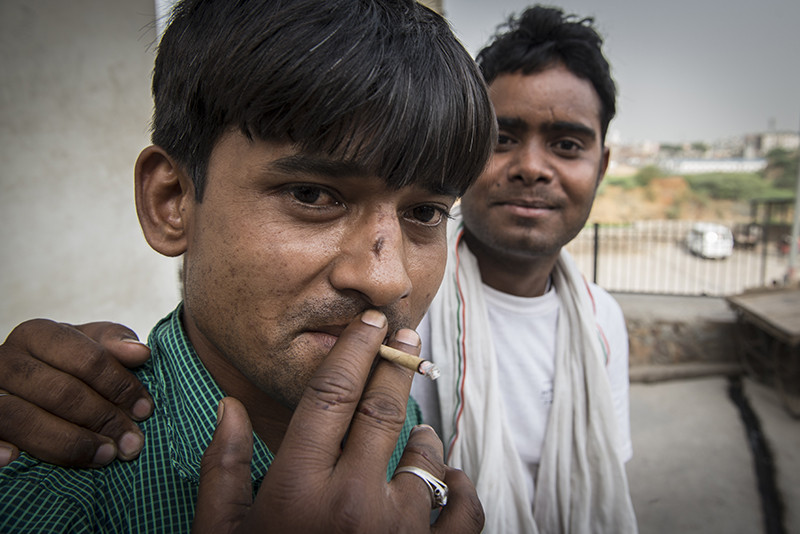
Today is World No Tobacco Day, a day the WHO uses to create global mobilisation to tackle one of the leading causes of death in the world. But we all know smoking is bad for us don’t we? Well, thankfully here in the UK we do and as a result we’ve seen a drastic reduction in the number of people who smoke.
How the UK is reducing smoking
The reduction of smokers in the UK is in part due to the World Health Organisation’s (WHO) Framework Convention on Tobacco Control (FCTC) and effective national legislation and advocacy. Successful measures to combat smoking include:
- wide spread publicity campaigns on the dangers of smoking,
- a ban on tobacco advertising,
- increasing the age of buying and smoking tobacco from 16 to 18,
- and the introduction of plain packaging.
Smoking and the use of tobacco throughout the world
Smoking drives non-communicable diseases (NCDs) such as heart and circulatory disease, lung disease and cancer, and claims around six million lives a year.
Despite the widely acknowledged evidence on the dangers of smoking, one billion people continue to smoke worldwide. While smoking rates in high income countries are declining, like in the UK, this is offset by growth in low and middle income countries.
We know that behaviours developed in childhood and adolescence, such as smoking tobacco, are hard to change in later life. 70 per cent of premature deaths in adults can be attributed to behaviours started in youth. But NCD prevention among young people has been neglected and the rates of risk behaviours, including tobacco, are growing.
Working with young people on NCD risk factors is critical to tackling the ‘invisible epidemic’. Policy makers need to make working with young people on the primary prevention of the most common NCDs a priority.
Helping young people to lead the way in ending smoking
The AstraZeneca Young Health Programme is leading the way in this area. We commission leading researchers to strengthen the evidence to demonstrate the need to prioritise action and show how this can be done most effectively.
Underpinned by this growing body of evidence, we are supporting young people and local NGOs to engage in health policy debates and call for health promotion to be a key part of adolescent health and education policies.
Together with our founding partner, Plan International, we are working in India and Kenya with programmes running in the resettlement areas of Delhi and the Kibera slum in Nairobi. The Young Health Programme works with young people to train them as peer educators so they have the knowledge and confidence to spread messages of healthy living to their communities. Working collaboratively in this way empowers young people to be their own advocates on the health of themselves and their peers.
In the resettlement area of Delhi we know that the average age of people starting to smoke is 14. Tobacco is a major issue threatening the health of the young people – this could be through smoking or chewing tobacco in a form called gutka.
The programme is a great example of how the issue of tobacco is being tackled at an educational level. It uses awareness days such as World No Tobacco Day to run interactive sessions focused on the health problems associated with tobacco and offers techniques and counselling on how to quit.
It also highlights the importance of local advocacy to make a real impact on the lives of young people in the community. The programme mobilised the authorities and community stakeholders to target tobacco vendors close to schools. The Plan International team found that although all vendors displayed a sign stating that they don’t sell tobacco and tobacco products to the children below 18 years of age, children still constituted a large number of their customers.
It was concluded that vendors had a connection with local police, and so were often free to sell the products without fear of reprisal. Advocacy meetings were conducted with the education department and police officials to discuss the need to enforce the existing policy of not selling tobacco to children under the age of 18 and not to put the tobacco stalls within 100 meters of schools. This has been a success for the programme on making small steps to tackling the issue of tobacco.
A lot can be learned from the approach that has been taken in the start to tackle tobacco. But Tobacco control is not the end of the story, we need to use the model developed to reduce smoking globally to tackle other risk factors to health such as alcohol and unhealthy food and drinks. The Young Health Programme will continue to shine a light on the need to tackle the ‘invisible epidemic’ that is sweeping the globe to ensure that the health of adolescents is not forgotten.
Latest stories for you
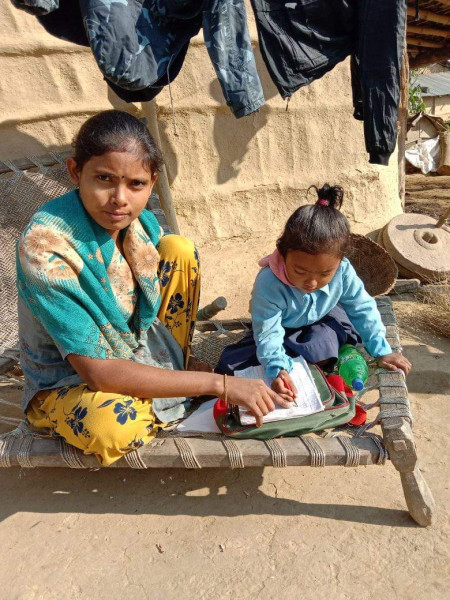
“I was kept to work as the servant”
Angel was only five years old when she was enslaved in Nepal. Today she remains determined to...
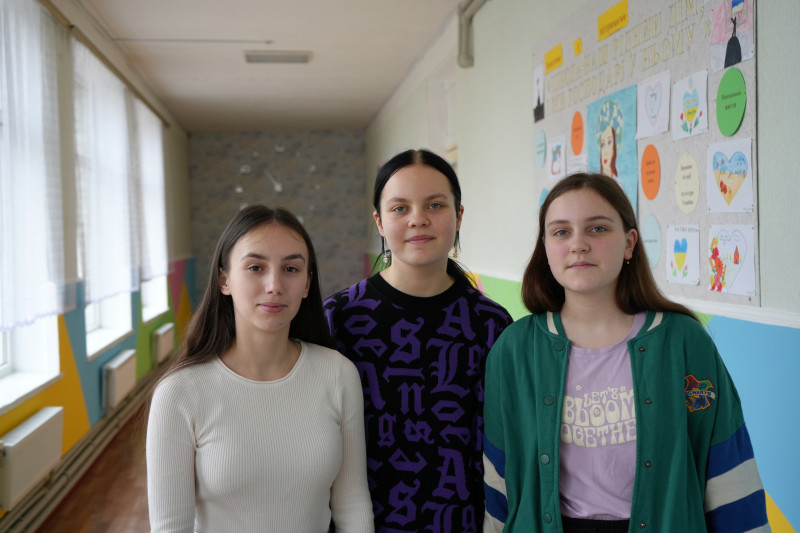
Ukraine one year on: a helping hand in times of uncertainty
The conflict in Ukraine continues, but together we are making sure that children do not face...
As Prime Minister, I could inspire other girls
Maryam imagines what it would be like to take over the influential position of Prime Minister.

Education in emergencies isn’t just a right – it’s a necessity
Three young leaders are prioritising education for children forced to flee their homes.
Show more

